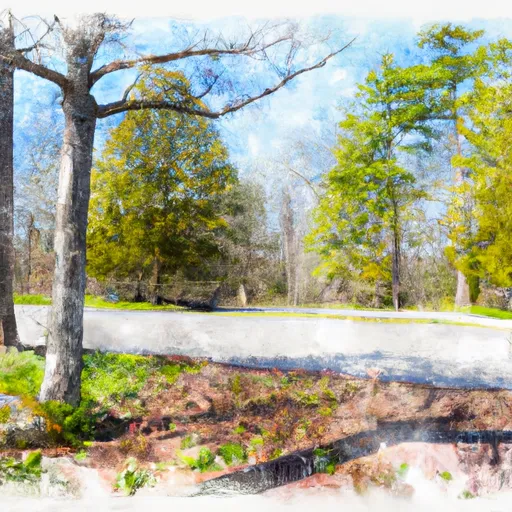STILES
March 6, 2025
°F
°F
mph
Windspeed
%
Humidity
Stiles, Wisconsin is a small town located in the northeastern part of the state. The climate in Stiles is classified as humid continental, characterized by warm summers and cold winters. Average temperatures range from the low 20s Fahrenheit in winter to the high 70s in summer. Snowfall is common during the winter months, with an average annual accumulation of around 50 inches.
Stiles is situated near the Oconto River, which provides a significant hydrological feature to the area. The river supports a diverse range of fish species, including smallmouth bass, northern pike, and walleye, making it a popular destination for fishing enthusiasts. Additionally, the Oconto River offers opportunities for kayaking, canoeing, and boating.
Outdoor recreation enthusiasts will find plenty of activities to enjoy in Stiles. The town is surrounded by beautiful forests and natural areas, providing abundant opportunities for hiking, camping, and wildlife observation. The nearby Chequamegon-Nicolet National Forest offers miles of trails for hiking and biking, as well as hunting and fishing opportunities.
In summary, Stiles, Wisconsin offers a picturesque setting with a climate suitable for a variety of outdoor activities. With its proximity to the Oconto River and the Chequamegon-Nicolet National Forest, residents and visitors can enjoy fishing, boating, hiking, and camping amidst the natural beauty of the area.
Try Snoflo Premium for Free
Get unlimited access to all our content with no ad interruptions
Weather Forecast
Stiles receives approximately 795mm of rain per year, with humidity levels near 81% and air temperatures averaging around 7°C. Stiles has a plant hardyness factor of 4, meaning plants and agriculture in this region thrive during a short period during spring and early summer. Most plants will die off during the colder winter months.
Regional Streamflow Levels
355
Cubic Feet Per Second
136
Cubic Feet Per Second
188
Cubic Feet Per Second
1,120
Cubic Feet Per Second
Nearby Camping
| Camping Area | Reservations | Toilets | Showers |
|---|---|---|---|
| New Prospect - Kettle Moraine State Forest | |||
| Veterans Memorial Park - Crivitz | |||
| Desplaines Conservational Park | |||
| Fort Wilkins State Park | |||
| Evergreen City Park | |||
| Old Veterans Lake County Park |





